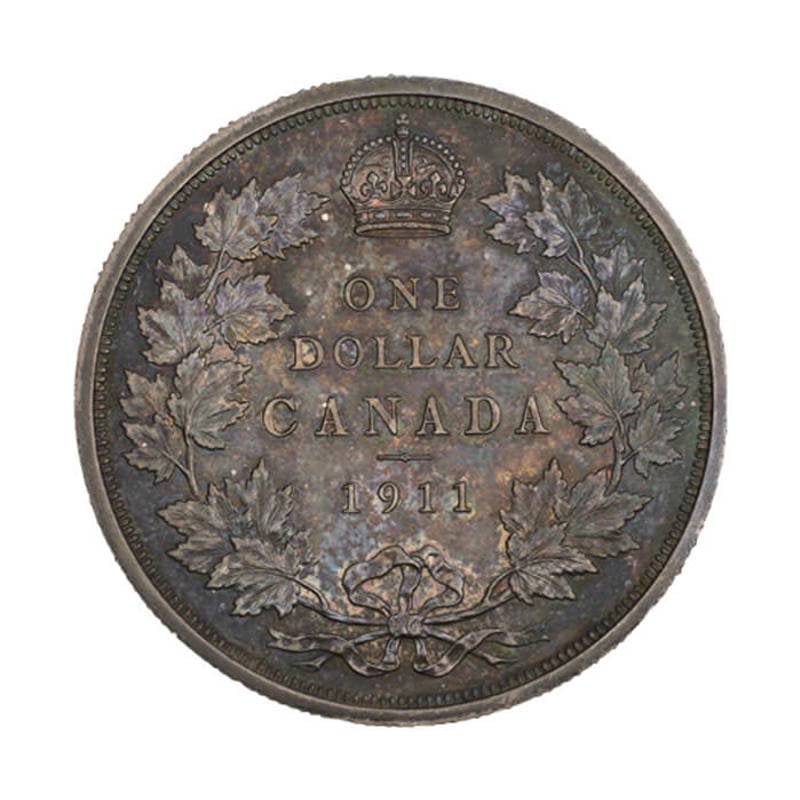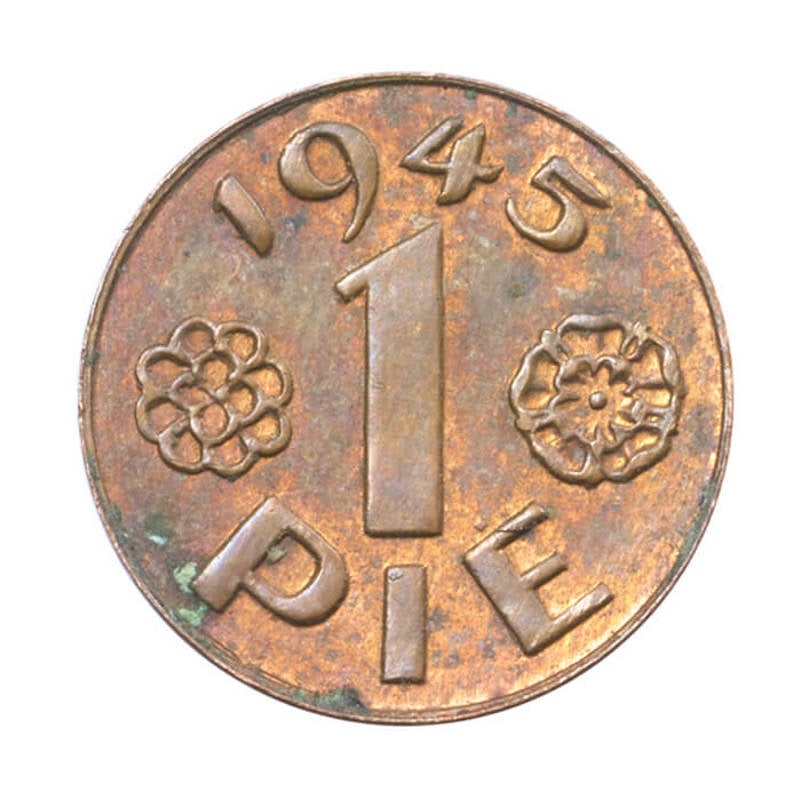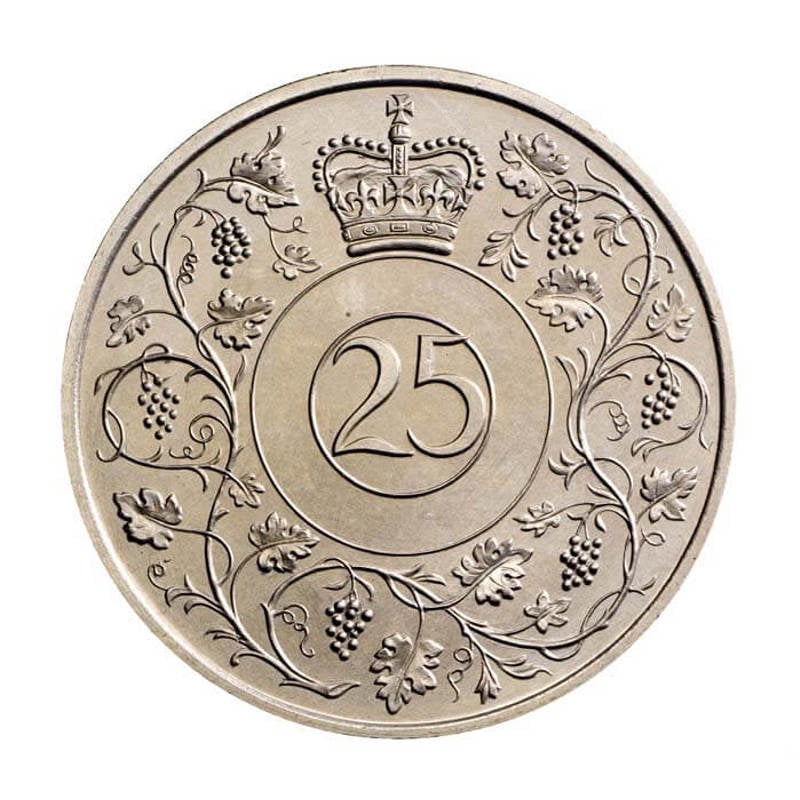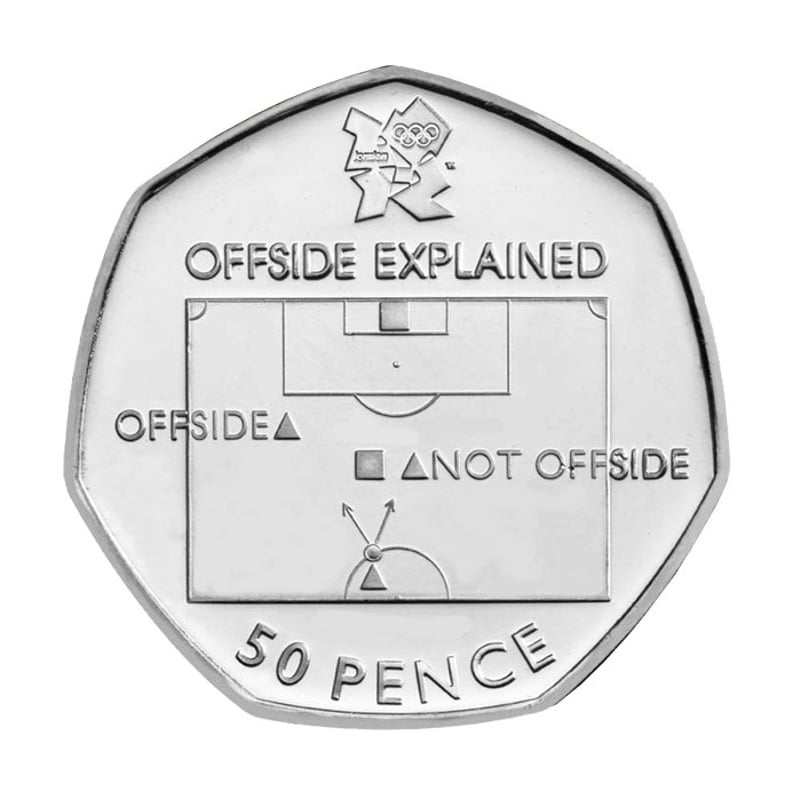Coins
The coins in the Royal Mint Museum number some 80,000 and they span the entire period from classical Greece and Rome to the modern day. The early part of the collection, however, is merely representative, the great strength of the Museum’s holdings lying in the post-1660 period and in particular the range of modern patterns, proofs and experimental pieces. Spectacular among these are the proposed coins for Edward VIII, never released for circulation because of the king’s abdication in December 1936, and an extensive series of preparatory pieces made during the run-up to decimalisation in February 1971.
Overall, the policy since 1816 has been to maintain as complete a record as possible of the coins struck by the Royal Mint, both for the United Kingdom and for overseas countries.
Coin collection online
Click here to view the digital records of coins held in the Royal Mint Museum collection. The online collection is constantly expanding and includes collection highlights such as the pattern coins of Edward VIII, the 1933 penny, and the international work of the Royal Mint. Discover over 1,100 years of history.
Browse highlights of the coin collection below.

Roman denarius
The reverse design of this Roman denarius of the Republic was once thought to depict implements used for manufacturing coins.

Alfred the Great penny
One of the coins most frequently shown to visitors to the Royal Mint Museum is the Monogram Penny of Alfred the Great, (871-899).

Elizabeth I fine sovereign
The fine sovereign of Elizabeth I pictured here was purchased from Lincoln for the Royal Mint Museum on 9 February 1914.

Charles II counterfeit crown
The coin illustrated here purports to be a crown piece of Charles II dated 1672 but is obviously counterfeit.

Sovereign trial piece
In the summer of 1817, due to currency reform, the twenty-shilling sovereign was revived.

George III sixpence brockage
Although considered less glamorous than some of our other coins, mis-strikes are just as interesting.

Una and the lion five-pound piece
The gold five-pound piece of 1839 is arguably one of the most beautiful coins in the world.

1841 Uniface two-pound coin
This rather unusual piece in the Mint collection has so far eluded attempts at a full and proper identification.

Hong Kong one cent
When the coinage of Hong Kong was being introduced in the 1860s several trial pieces were prepared.

Victoria counterfeit half-crowns
The fall in the price of silver towards the end of the 19th century stimulated a certain amount of counterfeiting.

Jubilee head penny
The Jubilee coinage of Queen Victoria was introduced in 1887 but the change extended only to gold and silver.

Victoria’s Gold Jubilee Coinage
The coinage issued at the time of Queen Victoria's Golden Jubilee was not supposed to be commemorative.

1891 pattern crown
This realistic portrait of Queen Victoria was designed by the sculptor Edward Onslow Ford.

British trade dollar
The British Trade Dollar features a dramatic standing Britannia design by George William De Saulles.

The coins of Edward VII
There are just over one hundred Imperial coins of Edward VII in the Royal Mint Museum collection.

Australian pattern florin
When designs were being considered for the Australian silver coinage, this pattern florin was put forward.

1911 Canadian silver dollar
Like the 1933 penny, no record was made of exactly how many Canadian silver dollars were produced in 1911.

1926 Peace Crown
In 1926 the idea of issuing a crown with peace as a theme was mentioned in the House of Commons.

George V florin
The rendering of the rose on this exceedingly rare pattern florin was modelled by Humphrey Paget.

1933 penny
If you have heard of only one rare coin, there is a good chance that it is the 1933 penny.

1933 New Zealand pattern shilling
This charming pattern shilling of 1933 was designed by George Kruger Gray.

The coins of Edward VIII
Because of the Abdication in December 1936 no coins of Edward VIII were issued in the United Kingdom.

One pie pattern piece
In 1945 the Government of India came under pressure to introduce an extremely small coin.

1953 Coronation crown
This rare pattern is the original, much more elaborate, reverse design for the coronation crown of Elizabeth II.

Trial fifty pence piece
The name Conway is inscribed on this trial from the early stages of the development of the fifty pence piece.

Royal Arms fifty pence piece
For the original fifty pence of 1969 Christopher Ironside was asked to prepare an arrangement of the Royal Arms.

25-sided experiment
This unusual trial piece was produced for the 1977 Silver Jubilee crown of Her Late Majesty Queen Elizabeth II.

Silver Jubilee Pattern Crown
The design featured on this pre-production specimen was considered for the reverse of the crown issued to mark the Jubilee of Elizabeth II.

Silver Jubilee pattern crown by Sindall
Although his designs weren't chosen for the Silver Jubilee crown of 1977, Bernard Sindall was offered the compensation of seeing his designs employed on the official commemorative medal instead.

Olympic fifty pence pieces
29 fifty pence pieces were issued to commemorate the London 2012 Olympic and Paralympic Games.
You might also like

Coins of Iceland
The origins of Iceland’s relationship with the Royal Mint may be found in the Second World War.

Making Money
The basic minting process of melting, casting, blanking and striking is essentially timeless.

The Value of Small Change
It is important not to overlook even small coins in poor condition as they can also tell a fascinating story.

Currency Undercover Exhibition
Step into a shadowy underworld where money is used to hide secrets and aid escapes from danger.




